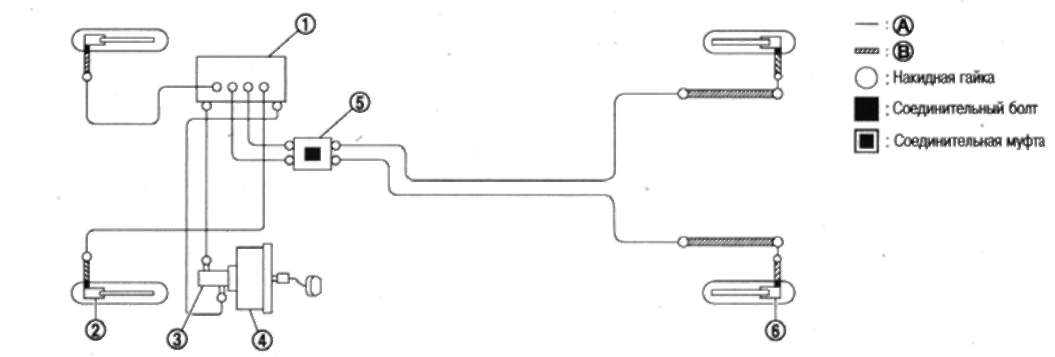
1. ABS control unit and actuator
2. Front wheel disc brake
3. Master cylinder assembly
4. Vacuum brake booster
5. Coupling
6. Rear wheel disc brake
A. Brake pipe
B. Brake hose
REMOVAL
Caution: Do not spill brake fluid on painted areas; it may damage the paintwork. If brake fluid is spilled on painted areas, wipe it off immediately and wash it off with water.
1. Remove wheels.
2. Drain the brake fluid. See above.
3. Loosen the union nut using a spanner wrench and disconnect the brake pipe from the hose.
Attention:
• Do not scratch union nuts and brake pipes.
• Do not bend, twist or pull brake hoses and pipes.
• Plug the open ends of the brake pipes and hoses when disconnecting them to prevent dust and other foreign matter from entering the brake fluid.
4. Turn off a connecting bolt and disconnect a brake hose from a support in gathering.
5. Remove the lock plate and remove the brake hose from the vehicle.
INSTALLATION
Caution: Do not spill brake fluid on painted areas; it may damage the paintwork. If brake fluid is spilled on painted areas, wipe it off immediately and wash it off with water.
1. Put the connecting bolt and copper washers on the brake hose.
Caution: Do not reuse copper washers.
2. Connect the brake hose, aligning it with the tabs (A) on the caliper assembly, and tighten the connecting bolt (1) to the required torque.
3. Connect the brake pipe to the brake hose, hand-tighten the union nut as far as possible, and secure the brake hose to the bracket with the lock plate.
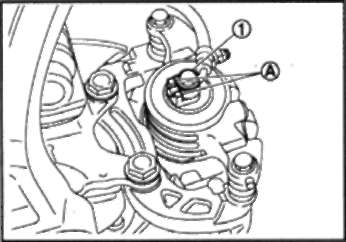
Attention: Do not allow sharp bends and twisting of brake hoses and tubes.
4. Using a torque wrench, tighten the union nut to the correct torque.
Attention: Do not scratch the union nuts and brake pipes.
5. Fill in a brake liquid and remove air. See above.
Caution: Do not reuse drained brake fluid.
6. Install the wheels.
CHECK AFTER INSTALLATION
1. Check if fluid is leaking from the brake pipes and hoses and at the joints, if they touch other components, if the connections are loose, and also make sure that the hoses and tubes are not damaged, kinked or deformed.
2. Check for fluid leaks from components by depressing the brake pedal for approximately 5 seconds at 785 N (80 kg) at idle.
Attention:
If a brake fluid leak is found, tighten the joints or replace the defective (damaged, worn, or bent) component.
Source: http://automn.ru/nissan-qashqai/nissan-47744-10.m_id-6886.m_id2-6924.html
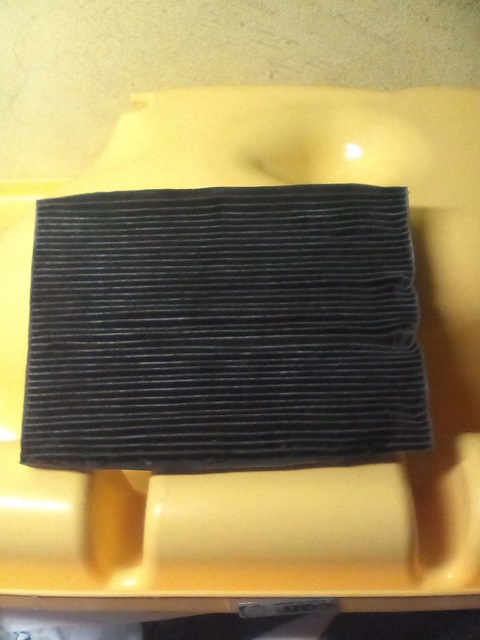
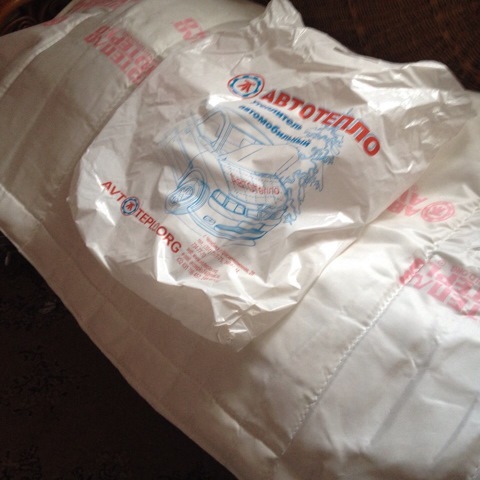
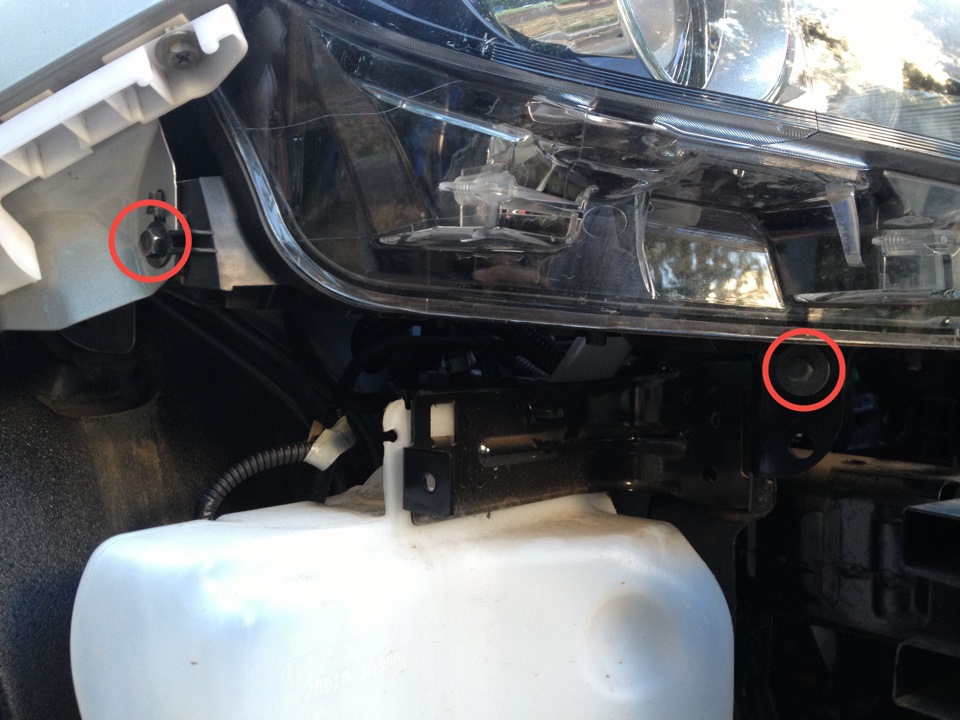
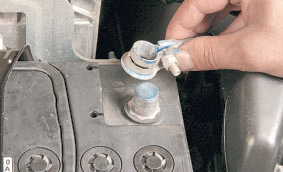
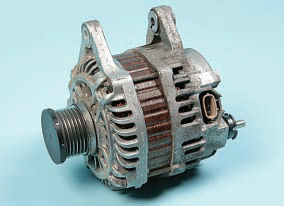
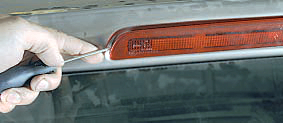
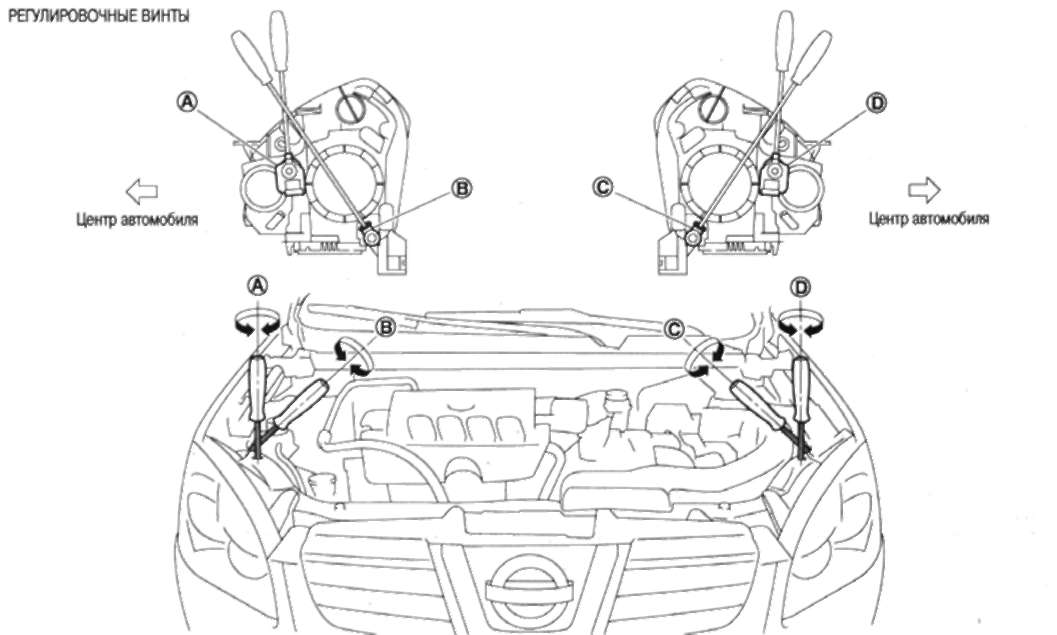
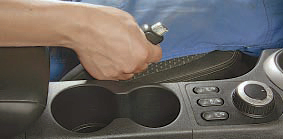

![1 generation [2007 - 2010]](/uploads/Nissan_Qashqai_2007-2010_.jpg)
